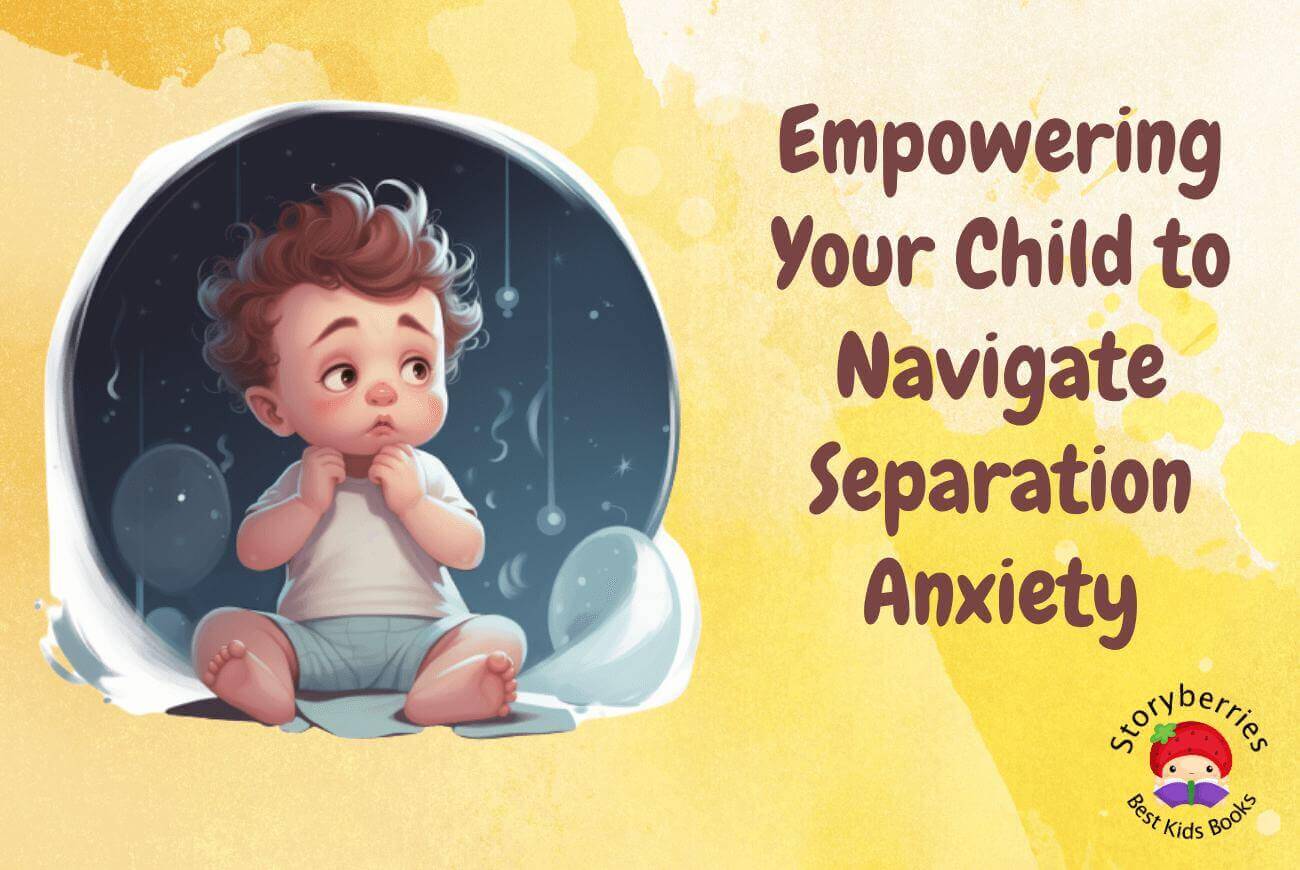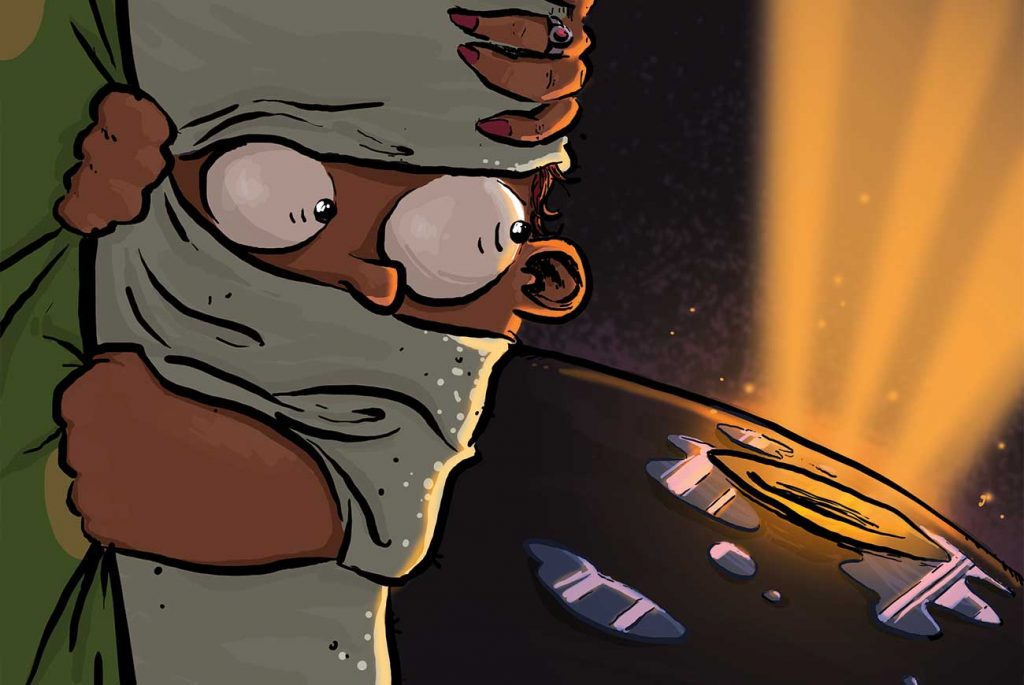Empowering Your Child to Navigate Separation Anxiety
Explore the developmental stage of separation anxiety in children. Learn about its causes, impacts, and strategies to help your child cope.

Explore the developmental stage of separation anxiety in children. Learn about its causes, impacts, and strategies to help your child cope.

You may recall a time when your child was a baby, content in the nursery without shedding a tear. However, the transition to kindergarten or school can now be a stressful situation for both the child and the parent. This doesn’t signify a regression in your child’s education or development. Rather, it indicates that the child now comprehends that their parents, upon leaving, do not vanish but will return at an unknown time, causing significant uncertainty and distress.
Separation anxiety is a developmentally normal stage in a child’s life that appears from 6 to 8 months of age. This type of anxiety serves an important adaptive function, helping the child keep their parents close and thus ensuring protection against potential external dangers. In earlier times, children with separation anxiety had a higher chance of survival. Today, this anxiety is part of expected child development. However, in some cases, the anxiety becomes severe and begins to interfere with daily childhood activities, such as separating from parents to go to school and make friends.
It’s crucial to note that ‘object permanence’ in children begins to develop gradually and reaches its peak between approximately 16 and 24 months. Until then, they do not understand that objects or people exist even though they cannot see them. It is at this point that separation anxiety appears. When this behavior takes hold, we encounter separation anxiety disorder. This fear is no longer of an evolutionary type, and the affective bond comes into play, along with the type of attachment that the parents have established with the child.
A little concern in the child at the separation from their parents is normal. As adults, it’s important that we understand why our child feels this way and be patient with them. At these moments, saying “Stop crying, it’s only going to be a little while that we will be away”, will not help the child. It’s important to validate their emotions and how they feel.
Separation from attachment figures is healthy. For children with separation anxiety, it should be done progressively and initially with the same person, then expanded.
Understanding and managing separation anxiety is a crucial part of your child’s development. It’s important to remember that this is a normal stage in their growth, and with patience, understanding, and the right strategies, it can be effectively managed.
By providing a secure environment, fostering trust in others, and ensuring your child that you will return, you can help alleviate their anxiety. Remember to use explanations that are easily understandable for your child, making abstract concepts more concrete and relatable.
As parents, our role is to guide our children through these challenging moments, validating their emotions and providing them with the tools they need to cope. With time and consistency, your child will learn to navigate these situations with confidence and resilience. Remember, every child is unique, and what works for one might not work for another. Stay patient, stay consistent, and most importantly, stay supportive. Your child is learning and growing, and with your help, they will successfully navigate the journey of separation anxiety.


PLUGHOLE!
Charlie is terrified of falling into the PLUGHOLE… until one day, he has to go down and face his fears.
This article was written by Luzmery M. Romero Gamboa

Luzmery works in the area of clinical psychology as a psychotherapist for children, adolescents, and families. Since 2016, she has run a Psychological Center in Venezuela called Psicoluz. She offers workshop facilitations to parents, is involved in recreational activities for children, and has been working as a freelancer since 2017 performing online psychotherapy.
